Report this entry
More from the same community-collection
German History Happy Hour at EPMH
The image captures the German History Happy Hour at the El Paso ...
German History Happy Hour at EPMH
The German Air Force Schuhplattler Group performs during the ...
German History Happy Hour at EPMH
Two visitors are enjoying their food during the German History ...
German History Happy Hour at EPMH
The image captures the German History Happy Hour at the El Paso ...
Bernice Wiggins - El Paso, Texas
Bernice Love Wiggins was a poet during the Harlem Renaissance. ...
Blanche Bonner and Soldier - El Paso, Texas circa 1915
Blanche Bonner and a soldier are posing for the camera. During ...
Daughters of Iris with members of the Second Baptist Church
The Daughters of Iris, Oro Temple No. 9 is shown together with ...
McCall Neighborhood Center, El Paso, TX, circa 1985
The McCall Neighborhood Center was the home of Marshall McCall ...
Eugene Ford Receiving Retirement - El Paso, Texas
The scene shows Leona Washington's father, Eugene Ford (in suit ...

















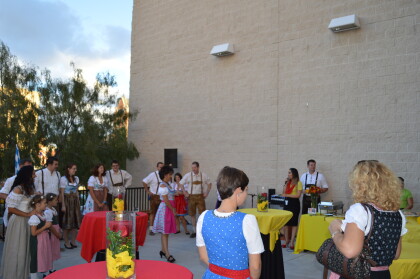
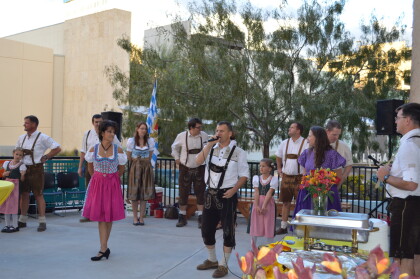
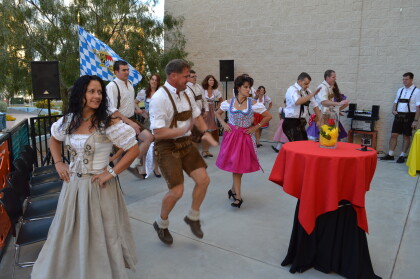
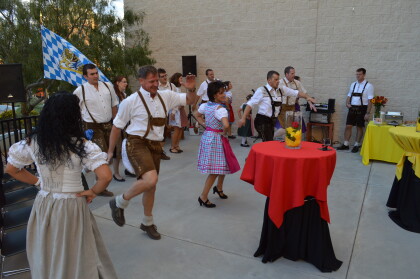
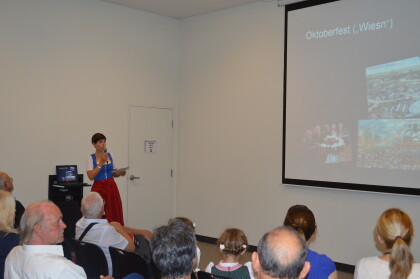
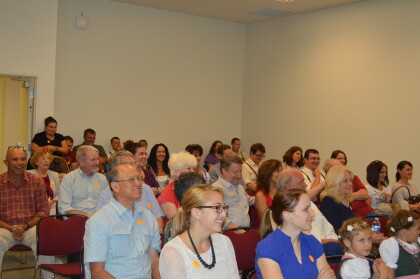
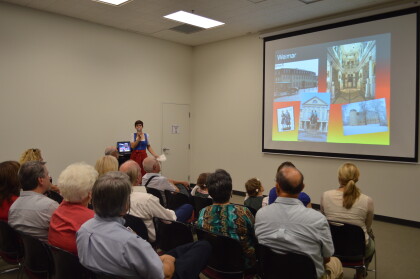
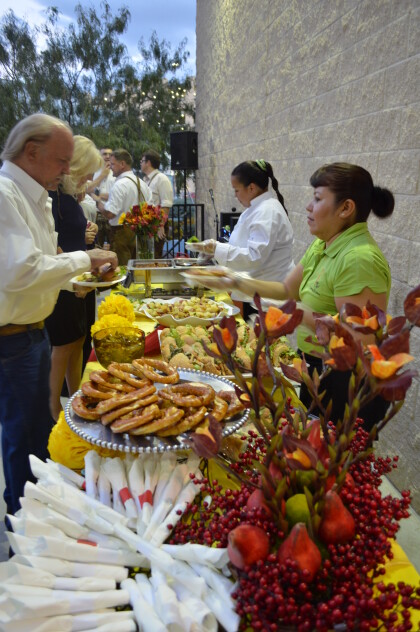
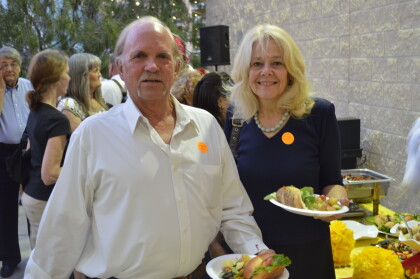
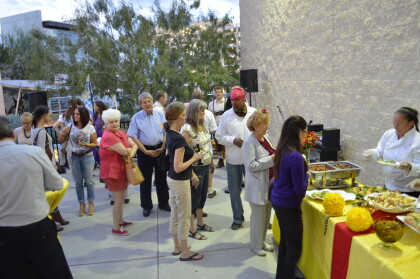

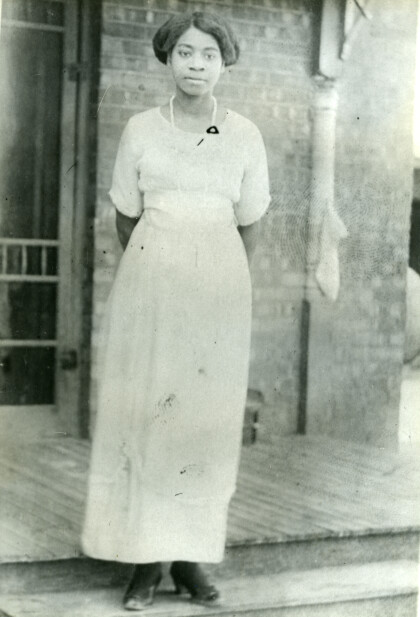
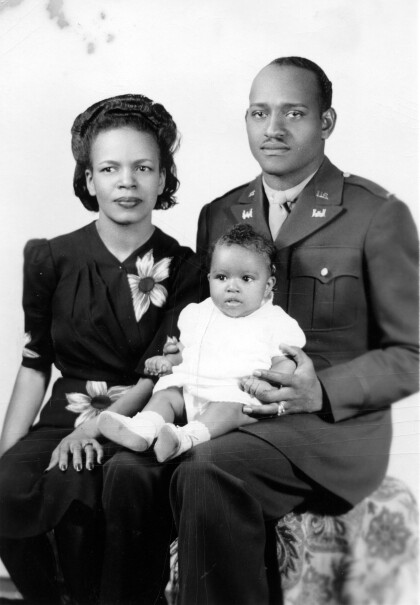
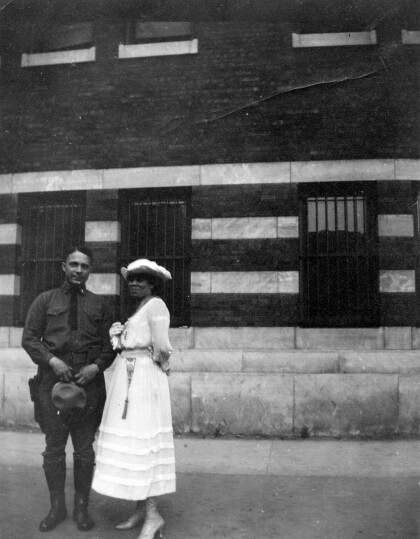
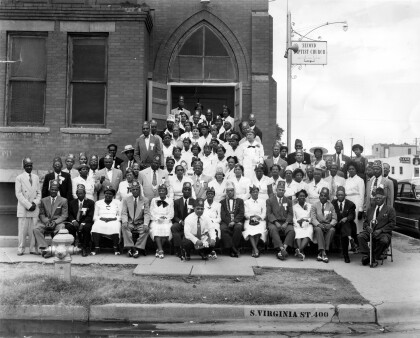
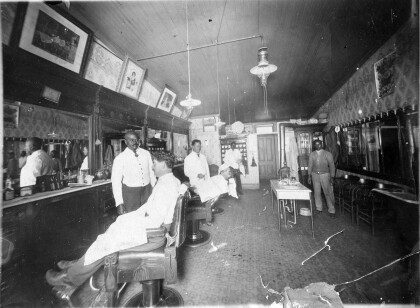
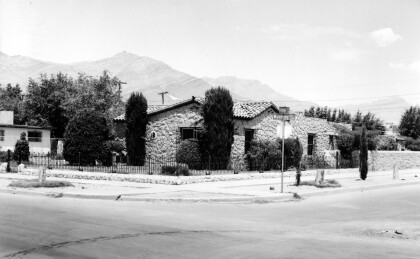
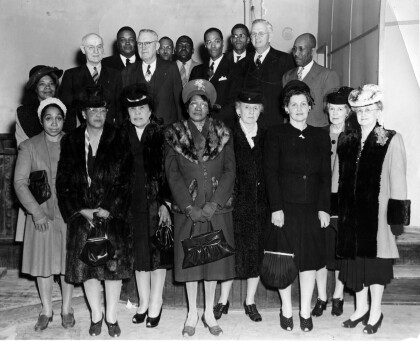
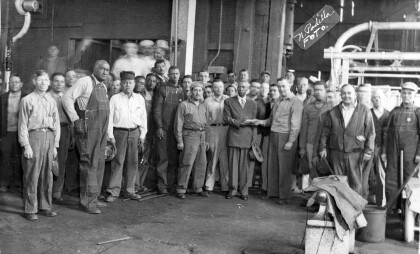
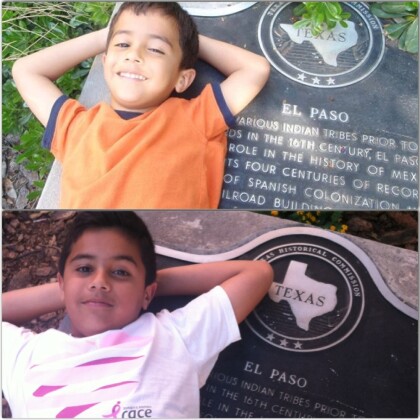
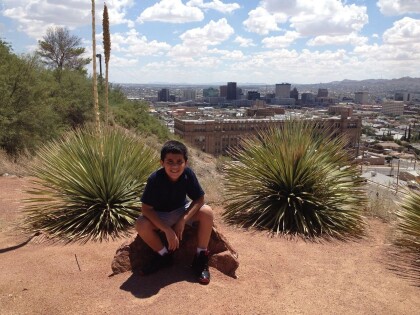


Comments
Add a comment